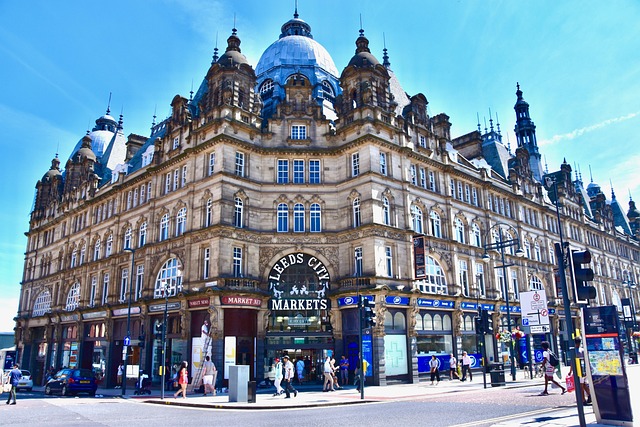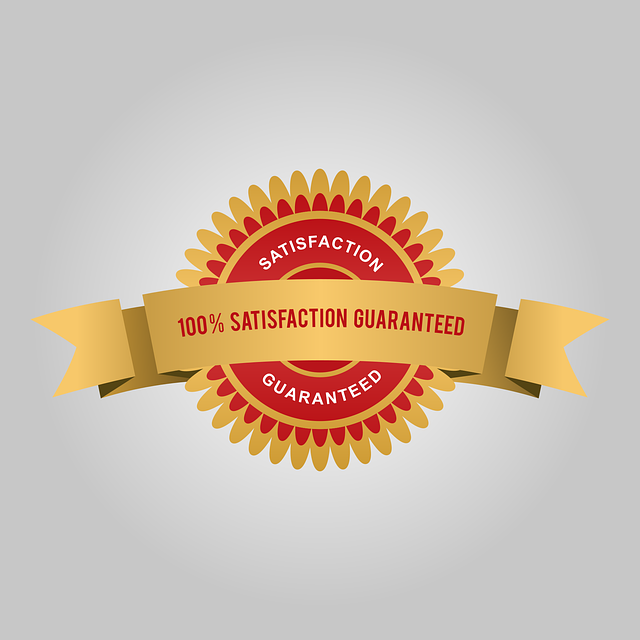In the real estate sector, embracing green building standards like LEED or BREEAM is strategic, offering numerous advantages such as reduced operational costs and increased asset value. Green buildings utilize renewable materials, efficient energy systems, and advanced waste management techniques, appealing to environmentally conscious tenants and buyers. Current trends in digital era real estate include energy-efficient features, sustainable materials, and efficient water management practices, setting new industry standards. Adopting green building practices offers substantial environmental and financial benefits, with growing global awareness of climate change and supportive government policies driving a promising future for sustainable real estate.
In today’s environmentally conscious world, green buildings are transforming the real estate landscape. This article delves into the industry standards shaping eco-friendly design and sustainable practices in real estate. We explore key features of leading green buildings, unraveling their benefits for both the environment and inhabitants. By understanding these trends, investors, developers, and tenants can navigate a burgeoning market where sustainability is no longer an option but an expectation.
Understanding Green Building Standards in Real Estate

In the realm of real estate, understanding green building standards has become paramount as sustainability emerges as a key priority. These standards, often referred to as LEED (Leadership in Energy and Environmental Design) or BREEAM (Building Research Establishment Environmental Assessment Method), guide developers, architects, and builders in creating eco-friendly structures that minimize environmental impact. By integrating renewable materials, efficient energy systems, and innovative waste management strategies, green buildings offer a multitude of benefits, from reduced operational costs for tenants to significant carbon footprint reductions.
For real estate professionals, staying abreast of these industry standards is not just an ethical imperative but also a strategic business decision. Staying current ensures properties remain competitive in the market, appealing to environmentally conscious buyers and renters. Moreover, adhering to green building practices can enhance asset value, improve occupant health and well-being, and contribute to long-term operational efficiency, making it a win-win for both the environment and bottom lines.
Key Features of Industry-Leading Eco-Friendly Designs

In today’s digital era, the real estate industry is witnessing a significant shift towards eco-friendly designs that not only cater to environmental sustainability but also enhance living standards. Industry-leading green buildings incorporate several key features that set them apart. Firstly, they emphasize energy efficiency through advanced insulation, solar panels, and smart heating/cooling systems. These innovations reduce carbon footprints while lowering operational costs for occupants.
Additionally, sustainable materials play a crucial role in eco-friendly design. Using recycled, non-toxic, and locally sourced materials not only minimizes environmental impact but also contributes to healthier living spaces. Efficient water management systems, including rainwater harvesting and low-flow fixtures, are another hallmark of these industry standards. These features ensure water conservation without compromising on comfort or functionality.
Benefits and Future Prospects for Sustainable Real Estate Practices

The adoption of green building practices in the real estate sector offers a myriad of benefits, both for the environment and for businesses. By incorporating sustainable design and construction methods, developers and investors can significantly reduce a property’s carbon footprint. This shift towards sustainability is not only an ethical imperative but also a smart financial strategy. Green buildings often command higher rental rates and property values, attracting eco-conscious tenants and buyers. They are designed to be energy-efficient, using renewable resources and advanced technology to lower operational costs. Moreover, these practices contribute to improved indoor air quality, enhancing the health and well-being of occupants.
Looking ahead, the future of sustainable real estate seems promising. As global awareness of climate change grows, there is increasing pressure on industries to become more environmentally responsible. Governments worldwide are implementing policies and incentives to encourage green building initiatives. With technological advancements, we can expect more innovative solutions, such as smart homes with automated energy management systems and the integration of renewable energy sources. The real estate market is poised for a significant transformation, where sustainability will not just be an option but a standard expectation, driving a new era of eco-friendly and efficient properties.






